As technology continues to shape the global landscape, the integration of technology for teaching and learning in Nigeria continues to grow. Nigeria, like many other countries, has also taken significant steps to integrate technology into its education system, notably through the 2019 National Policy on ICT in Education.
The policy aimed at enhancing the integration of ICT into the education sector to improve the quality of education in Nigeria outlines strategies for infrastructure development, – by providing computers, internet connectivity, and other necessary equipment to facilitate effective teaching and learning in schools, capacity building, regular monitoring, and evaluation, etc. to support EdTech adoption, which was a significant step towards harnessing the power of technology to improve learning outcomes.
Since the implementation of the policy, there has been a noticeable improvement in schools’ EdTech readiness. Some schools have been equipped with ICT facilities such as computers, projectors, and internet connectivity. Teachers have also received training in ICT skills, enabling them to incorporate technology into their lessons. As a result, students have access to a more interactive and engaging learning environment.
Despite the progress made with the implementation of the policy, there are still challenges such as inadequate infrastructure, a lack of skilled personnel, inadequate access to connectivity, power supply, learning devices, and monitoring and evaluation mechanisms that hinder the widespread adoption of EdTech across Nigeria. Policies that favour the scale, accessibility, and affordability of EdTech are needed now more than ever.
Recommendations for Policy Moves
To further support the growth of Nigeria’s EdTech industry, policymakers should consider the following recommendations:
- Comprehensive Teacher Training: The importance of teacher training cannot be overemphasized as it keeps teachers updated with new technologies and methodologies and also improves their students learning outcomes. Implementing comprehensive training programs for teachers at all levels to enhance their ICT skills and equip them with the knowledge to integrate technology into their teaching practices effectively.
- Safety and Security Measures: Given the risks associated with the use of ICT, especially for young learners, strict safety and security measures to protect students’ and teachers’ data should be implemented to protect them from cyber threats and inappropriate content.
- Curriculum Guidelines: A guideline that integrates ICT into the national curriculum and provides teachers with clear guidance on how to use ICT to enhance learning and to ensure that students are equipped with the necessary digital skills for the future workforce.
- Research and Development: A policy that encourages research and development in EdTech to foster innovation and the development of locally relevant solutions.
Nigeria’s 2019 National Policy on ICT in Education has laid a solid foundation for integrating EdTech in Nigerian schools. However, more must be done to promote increased adoption of EdTech and support the growth of Nigeria’s EdTech industry. Also, successful implementation requires concerted efforts from all stakeholders, including the government, educators, parents, and the private sector. By implementing the recommendations outlined above, Nigeria can harness the full potential of ICT to transform its education sector and prepare its citizens for a digital future.




